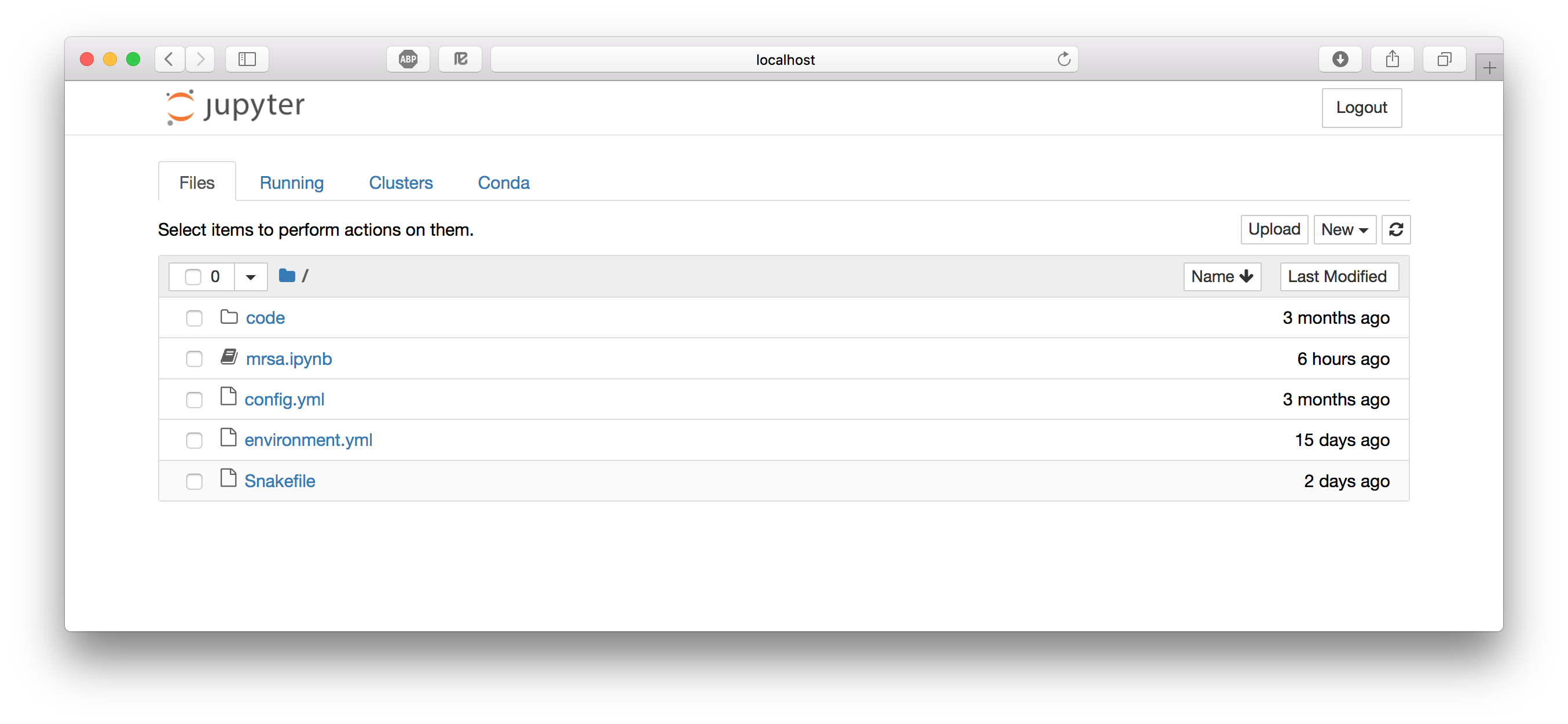
JUPYTER NOTEBOOKS INSTALL
The Jupyter Extension will automatically install the following extensions by default to provide enhanced Jupyter notebook experiences in VS Code.
JUPYTER NOTEBOOKS CODE
The Jupyter extension can be installed on VS Code in GitHub Codespaces the same way it is done locally (or sync your VS Code settings to have your extensions installed automatically on Codespaces).The Jupyter extension has support for a web based interface provided by v (which includes v, available by typing '.' when viewing a repo on ).Post questions, and engage in community discussionsĮditing Jupyter notebooks in VS Code can also be done on the browser in two ways. Jupyter extension and data science in VS Code documentation, tutorials, and more To enable advanced features, modifications may be needed in the VS Code language extensions. This is NOT a Jupyter kernel-you must have Python environment in which you've installed the Jupyter package, though many language kernels will work with no modification. Try it out, and let us know if you have any feedback using this survey.A Visual Studio Code extension that provides basic notebook support for language kernels that are supported in Jupyter Notebooks today, and allows any Python environment to be used as a Jupyter kernel. We greatly appreciate any feedback, so we can continue to improve the integration with Jupyter notebooks. The package documentation can be found in the GitHub repository wiki.
JUPYTER NOTEBOOKS HOW TO
For instructions on how to run the demo, check out the demo notebook section in the README file. If you want to try this experience, you should definitely check out the demo notebook. To do this, pass the embed token and set the token type to Embed when creating the Power BI report instance: report = Report(group_id=group_id, report_id=report_id, access_token=access_token, token_type=) You can also authenticate against Power BI using an embed token. Report = Report(group_id=group_id, report_id=report_id, auth=device_auth) Create an instance of Power BI report and load the report to the output cell:.Set the workspace ID and report ID you’d like to embed:.# Import the DeviceCodeLoginAuthentication class to authenticate against Power BIįrom thentication import DeviceCodeLoginAuthenticationĭevice_auth = DeviceCodeLoginAuthentication() Authenticate against Power BI using Azure AD:.Import Report class and models from the package:.Jupyter labextension install your notebook and add the following: Or if you use JupyterLab: pip install powerbiclient Install the package using pip: pip install powerbiclient Watch our latest on-demand session – Embed actionable analytics everywhere with Power BI Embedded, for a Power BI in Jupyter notebook demo!įor a quick peek into how to use the package in your application, check out the example below. You can install the Power BI Client for Jupyter from PyPI and find the open-sourced Python package and associate TypeScript widget on GitHub. You can also filter the report for quick analysis or use bookmarks to apply a saved view. You’ll be able to export data from visuals in a Power BI report to the Jupyter notebook for in-depth data exploration. The new package lets you embed Power BI reports in Jupyter notebooks easily. Get your Power BI analytics in a Jupyter notebook with the new powerbiclient Python package. You can now tell compelling data stories with Power BI in Jupyter notebooks.

We’re excited to announce the release of Power BI in Jupyter notebooks.


 0 kommentar(er)
0 kommentar(er)
